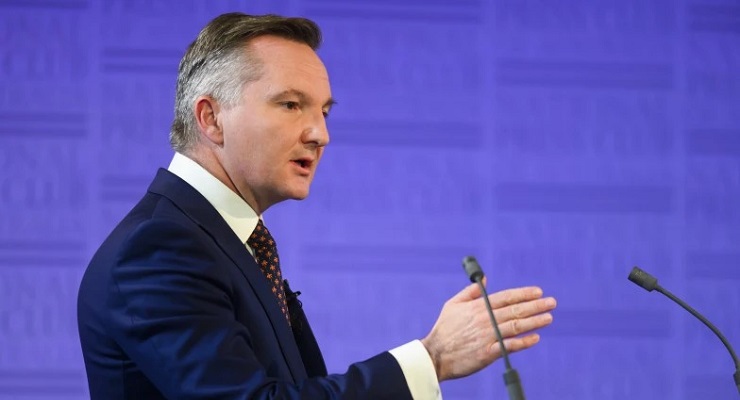
The Albanese government will reduce power bills for small businesses and select households with “targeted rebates” over the next financial year, as it commits to a suite of energy relief measures.
In its second federal budget, Labor announced it would establish a $1.5 billion energy bill relief fund (EBRF) to ease cost-of-living pressures, after gas and electricity costs were expected in November 2022 to rise 20% and 36% respectively over the next year.
The fund emerges as part of a $3 billion commitment to energy relief measures, co-funded by the states, which the Albanese government predicts could lower power bills by $500 for about 5 million households.
The EBRF will be made available to pensioners, Commonwealth Seniors Health Card holders, recipients of the family tax benefit A and B, and small business owners, at a cost of $1.5 billion over two years from 2023, and $2.7 million a year after that.
The government’s energy price relief plan will also provide $14.7 million to the Australian Competition and Consumer Commission (ACCC) to enforce the government’s temporary gas price cap of $12 a gigajoule, and to “develop and implement” a gas code of conduct.
A further $9.5 million has been earmarked for the Australian Energy Regulator to monitor coal and gas markets across the National Electricity Market.
Meanwhile, the NSW and Queensland governments will receive funds to support implementation of a $125 a tonne price cap on coal when used for electricity generation, though the figure was withheld for “commercial sensitivities”.
“Because of our policies, electricity price increases are expected to be around 25 percentage points less than what was projected, and 16 percentage points less for gas,” Treasurer Jim Chalmers said during his budget speech on Tuesday night.
The budget also includes a separate energy savings package. This will see $1.3 billion spent to establish a household energy upgrades fund, which will give the Clean Energy Finance Corporation a $1 billion lending capacity to offer households finance options on energy upgrades.
The financing will target households looking to spend on battery-ready solar, modern appliances and “other improvements to keep them warmer in winter and cooler in summer”. The government predicts 110,000 households stand to benefit from lower energy bills.
The household energy upgrades fund also includes a $300 million commitment to social housing upgrades, co-designed by state and territory governments.
“As most social housing was built over 20 years ago, before minimum build standards, the energy efficiency of most social housing is among the lowest in Australia,” said Chalmers, Climate Change and Energy Minister Chris Bowen, and Assistant Climate Change and Energy Minister Jenny McAllister in a joint statement.
“These are the Australians who can’t afford — and would benefit most — from energy upgrades. It’s estimated that once implemented, around 60,000 social housing properties will save up to one-third of their energy consumption from upgrades each year.”
Another $310 million will be spent on tax cuts for small businesses with annual turnover of less than $50 million, which will be able to write off 20% of whatever they spend on electrification and “more efficient use of energy” on receipts of up to $100,000. Labor predicts the tax cuts will benefit up to 3.8 million small- and medium-sized businesses.
For households, $36.7 million will be spent on upgrading the Nationwide House Energy Rating Scheme so it applies to older homes that often don’t meet modern energy efficiency standards.
“The Albanese government wants to give families the tools, information and access to cheap financing they need to upgrade their home, lower emissions and energy costs,” Chalmers, Bowen and McAllister said.








Crikey is committed to hosting lively discussions. Help us keep the conversation useful, interesting and welcoming. We aim to publish comments quickly in the interest of promoting robust conversation, but we’re a small team and we deploy filters to protect against legal risk. Occasionally your comment may be held up while we review, but we’re working as fast as we can to keep the conversation rolling.
The Crikey comment section is members-only content. Please subscribe to leave a comment.
The Crikey comment section is members-only content. Please login to leave a comment.